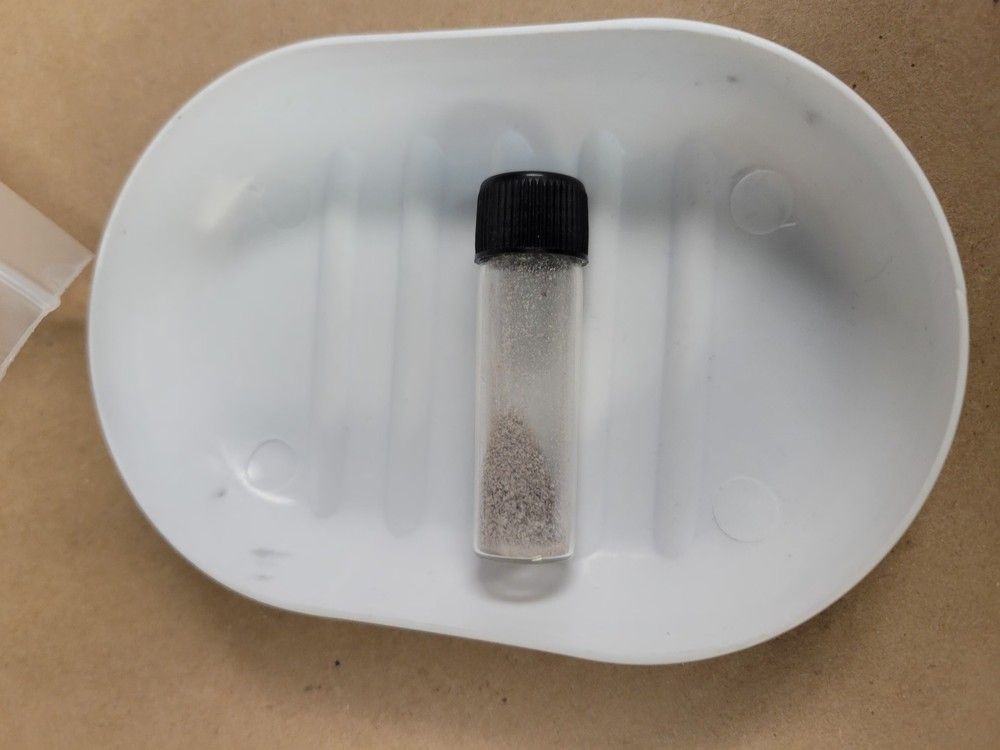
A veteran paramedic dispatched to the University of Victoria to help two students having seizures was suspicious that diagnosis was wrong, and feared the medical emergency was likely more dire.
David Stanton, who has responded to “hundreds, maybe thousands” of overdoses since the toxic drug crisis began a decade ago, suspected the students were seizing due to a lack of oxygen reaching their brains after consuming drugs laced with fentanyl.
He told his partner to drive their ambulance faster.
“There is not a chance that there are two epileptic patients sat next to each other that both started having an epileptic seizure. I said the most likely course of events here is that these are hypoxic (lack of oxygen) seizures secondary to a narcotic overdose,” Stanton testified Monday at a coroner’s inquest.
This “is the most likely thing for a couple of 18 year olds away at university.”
He remembers telling his partner: “These two patients are about to go into cardiac arrest. We need to hurry.”
When Sidney McIntyre-Starko and her friend collapsed in a UVic dorm on Jan. 23, 2024, student witnesses told 911 they were “seizing” and turning blue.
The 911 call-taker believed they were having seizures, which led to a delay of seven minutes before dispatching an ambulance. It would be 13 minutes before UVic security guards at the scene delivered the overdose-reversing drug naloxone, and 15 minutes before CPR was started.
As fentanyl stops a patient from breathing, Sidney died of oxygen deprivation. The inquest is examining the circumstances of her death with a goal of preventing a similar one in the future.
Stanton, an advanced care paramedic, testified that when he got to Sidney’s side at 6:52 p.m., a full 20 minutes after her friends called 911, the 18 year old had no pulse, no breaths and was unresponsive.
It was unclear to him how long she had not been breathing but said it takes, on average, four minutes of no oxygen intake for brain cells to begin dying.
The 911 call-taker had concluded Sidney was “breathing effectively” based on a test she told the security officers, who have basic first aid training, to perform.
The call-taker and guards have also testified they delayed considering the use of CPR and naloxone because the only student at the scene who knew the girls had taken drugs initially denied that was true.
Stanton, however, testified it “happens all the time” that people are afraid to admit drug use, and he has to deduce from information at a scene what has occurred. He also said naloxone is “benign” and cannot harm someone, even if they are not overdosing.

Both Stanton and Saanich Fire Captain Jerry Tomljenovic testified that they have a routine, rapid-fire assessment they use when responding to unconscious patients: check for a pulse, an obstructed airway, and breathing. This is done in a matter of seconds, and then whatever “critical intervention” is required would be started immediately.
“It would take 15, 20 seconds to do an airway, breathing and circulation check. … That initial care assessment would happen very quickly,” Tomljenovic said.
“And then both (first responders), working together, would have initiated CPR straight away.”
Does he wait to provide treatment, asked Anthony Vecchio, the lawyer for Sidney’s family.
“No.”
Tomljenovic was in the second fire truck sent to the scene, and said he arrived roughly 15 minutes after the 911 call was made. The delay was due partly to confusion over the number of patients at the scene and their medical needs.
More to come …
Related
The inquest is scheduled for three weeks, with 33 witnesses scheduled to testify. Twelve lawyers are representing various agencies including UVic, the ambulance service and the ministries of health and post-secondary education.
The presiding coroner, Larry Marzinzik, explained that the inquest will determine facts related to the death, to make recommendations that may prevent similar deaths in the future, and to satisfy the community that the death is not being ignored. It does not determine blame for the death.
Sidney’s death has led to better access to naloxone and other harm reduction measures on campuses, and promises to improve first aid policies. Sidney’s parents hope the inquest will lead to changes in B.C.’s 911 system, to avoid a similar preventable death from happening in the future.